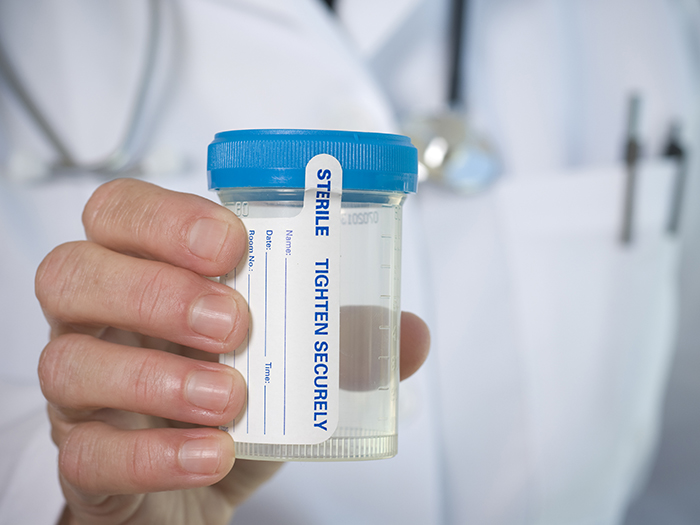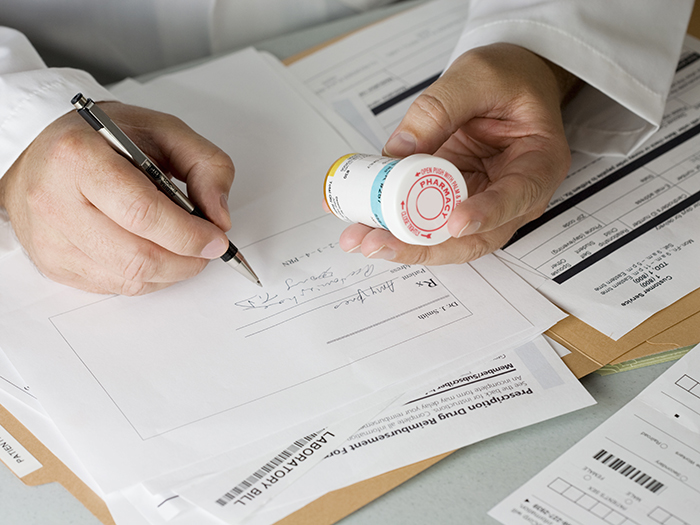Clocking in with Cannabis and Cocaine. See Why Workplace Drug Positivity Tests Are Rising

As cities and states become more lenient toward marijuana, either by legalizing or decriminalizing its use, employers have been dropping the drug from screening tests they administer to new employees.
But employers could end up regretting those decisions, according to Bill Current, president of Current Consulting Group, a Fort Lauderdale, Florida-based firm that offers compliance and other support for companies in the drug testing industry.
“I think that in the coming years a lot of these companies will see increases of certain negative key indicators, like absenteeism, turnover, health care usage, accidents and workers’ comp claims,” Current said.
“As they see those things going up with their associated cost, they’re going to realize that they’ve got to test for marijuana.”
Current pointed to new data from the annual Quest Diagnostics Drug Testing Index, which was updated in late March.
The data showed an increase in positive drug test results for both pre-employment and post-accident screening. In fact, the report found that positive results are now the highest they’ve been in two decades.
The Report by the Numbers
For all workers, the positivity rate on drug tests was 4.6% in 2021, up from 4.4% in 2020 and an all-time low of 3.5% from 2010 to 2012.
Positive test results for marijuana are climbing more quickly, according to the data. In the general workforce, positivity rates on urine tests rose to 3.9% in 2021, up from 3.6% in 2020 and 2.6% in 2017.
Marijuana also is increasingly likely to show up in so-called oral fluid tests, which are harder to subvert, since the collection can be observed.
Positivity rates overall declined for oral fluid tests, driven by decisions to exclude marijuana from pre-employment tests, according to Quest. For the general U.S. workforce, the positivity rate was 7.3% in 2021, down from 10.4% in 2017.
However, for tests that included marijuana, the positivity rate for the drug rose to 14.8% in 2021, up from 8.8% in 2017.
There are some mixed messages, however, from states with the longest record of legal marijuana: Colorado and Washington, according to Barry Sample, senior science consultant for the employer solutions business at Quest Diagnostics, a drug-test provider based in Secaucus, New Jersey.
Both states legalized marijuana for recreational use in 2012.
Overall positivity rates for marijuana declined last year in both states, as opposed to increases in states where legalization is more recent, Sample said. In Colorado, the rate dropped from 4% in 2020 to 3.8% in 2021. Washington has seen two straight years of declines. The rate dropped from 5.5% in 2019, to 5.2% in 2020, to 4.4% in 2021.
“Is that an indication that as recreational use becomes more mature at the state level, does that then have an impact on positivity rates?” Sample said. “It’s too early to tell. One year doesn’t make a trend, but it’s something we’re going to continue to watch.”
Employer Drug Testing Is on the Decline
The decline in employer testing dates back to at least 2015, according to data from the Quest Diagnostics index.
The decline is most pronounced in states that have legalized marijuana for recreational use, but it also can be seen in states where the substance remains illegal for any use, according to Sample.
Amazon is one of the best known companies to drop marijuana from its employment screening tests. In June 2021, the ecommerce giant announced that it was no longer testing people for marijuana, unless it was required under federal rules, CNN reported.
In its announcement, the company noted that it would still test employees for drugs and alcohol after workplace accidents. Depending on company policies, test findings can affect eligibility for workers’ compensation benefits.
In states with legalized recreational use, employers screened for marijuana in 82.1% of urine tests in 2021, down from 99.5% in 2015, Sample said. In states where marijuana is legal only for medical use, employers screened for the drug in 91.3% of tests in 2021, down from 99.7% in 2015.
Even in states where marijuana use is entirely illegal, testing dropped, Sample said. Employers in those states screened for the drug in 92% of tests in 2021, down from 99.7% in 2015.
Marijuana laws are not the only factor in the decline, Sample said. In a tight labor market, some employers dropped testing for marijuana, because they could not find enough qualified workers who could pass.
“They made a business decision, a risk assessment, that they would still continue to drug test but they would remove marijuana from the panel,” he said.
Dropping Drug Screenings Can Be Risky
Like Current, Sample sees risks in dropping employer drug screenings.
The data suggests that people using marijuana could be more likely to be involved in a workplace incident, Sample said, citing the growing spread between positivity rates for tests administered as part of the hiring process and tests administered after a workplace accident.
While more workers tested positive for drugs in 2021 than in any year since 2001, the increases have been even higher for post-accident tests, according to the Quest index, which is based on more than 11 million de-identified urine, hair and oral fluid drug-test results.
The numbers cover tests administered under company policies to people in what Quest dubs the general U.S. workforce, as well as tests required by the federal government for people in what Quest refers to as the safety-sensitive workforce.
In 2013, the positivity rate on pre-employment tests for the safety-sensitive workforce was 0.85%, compared to a positivity rate of 0.95% on post-accident tests, Sample said.
In 2021, the positivity rate for pre-employment tests was 1.1%, while the positivity rate for post-accident tests nearly doubled, to 1.8%. The spread also is widening for cocaine, Sample added.
“In the past, the positivity rates were quite comparable between post-accident and pre-employment for these drugs,” Sample said. When positivity rates are higher for post-accident tests, it suggests something about drug usage could mean a person is more likely to be involved in a workplace incident.
“The increase in post-accident positivity is alarming and suggests more drug-associated accidents may be occurring even with employers with pre-employment drug testing in place,” Sample said. &










